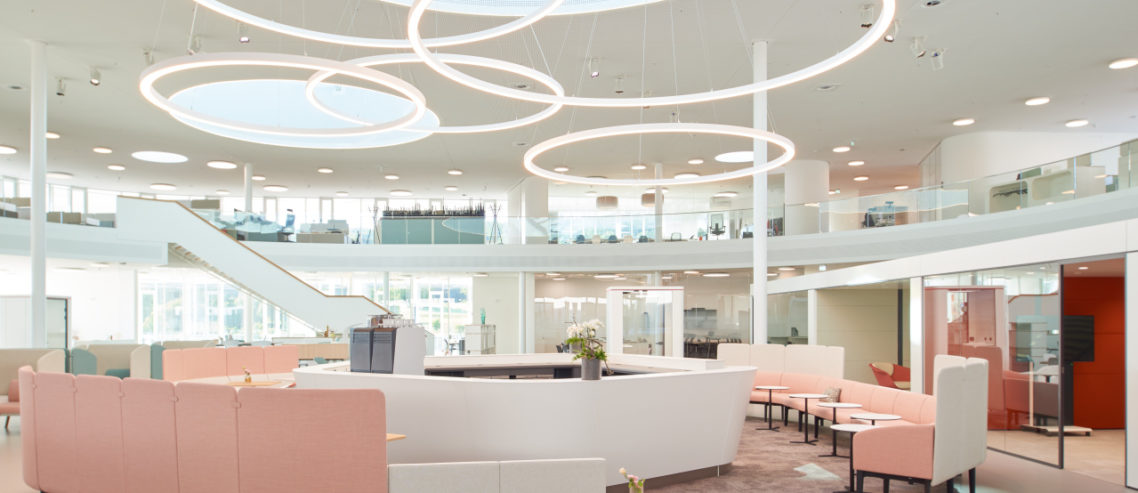The workplace after lockdown will be an evolution of what we already know
Understandably, we are hearing an awful lot right now about the disruption that the pandemic and lockdown are causing to our lives, and in particular the way we work. While a great deal of attention has been focussed on the immediate consequences for our daily lives, there is a growing body of speculation about the longer term effects and in particular how we are seeing the creation of a ‘new normal’.
However, experience tells us that making the sorts of predictions some people are making about such changes leaves them hostages to fortune. Not least because when we consider carefully what this disruption looks like, we can see that it consists primarily of existing trends and well established lines of thought.
One way of considering this is to draw on Clay Christensen’s book The Innovator’s Dilemma, in which the author argues that we need to be clear about the distinction between the development of an existing solution and a completely new solution that does away with what went before. The dilemma in the book’s title describes the problem this creates for designers, manufacturers and service providers. The core challenge he sets is the development of an ability to distinguish between change as an evolution or extinction event. The ascent of man or the meteor strike.
When we consider the characteristics of the immediate and longer term changes to the world of work, the first thing that strikes us is how familiar they are. To take just three of the most important of these elements:
Digital work: The digitisation of work in the uptake of collaborative tools like Zoom and Teams was already well established before the pandemic hit. The massive rise in the use of such tools in a short period of time is pragmatic but emphasise our need for connection and collaboration under even the most difficult and unexpected circumstances.
Agile workplaces: The idea that the physical office has a changing role, to act as a the cultural glue for an organisation and provides a variety of spaces for an agile and empowered workforce is similarly not new, and indeed is already manifested in Sedus’s own offices in Germany. It is also an idea that the firm has been developing and discussing with clients, architects, designers and other stakeholders for a number of years.
Flexible work: A workforce cannot be considered flexible if it isn’t empowered to work in the ways and places it deems most appropriate for a particular task. The challenge for organisations is to create an appropriate culture and empower people with the right tools to do this while also focussing on their wellbeing wherever they are. It is about the creation of an ecosystem of digital and physical workspaces that helps people to work alone and with their colleagues in the best ways possible at all times.
These are not new ideas, and many organisations were already implementing them and discussing them for many years before the current lockdown, so we can conclude that we are not seeing a new form of work emerging, but the catalysation of existing trends. Adapting to this rapid change will be a challenge, but it helps to know that we already have the tools at our disposal to meet it.
